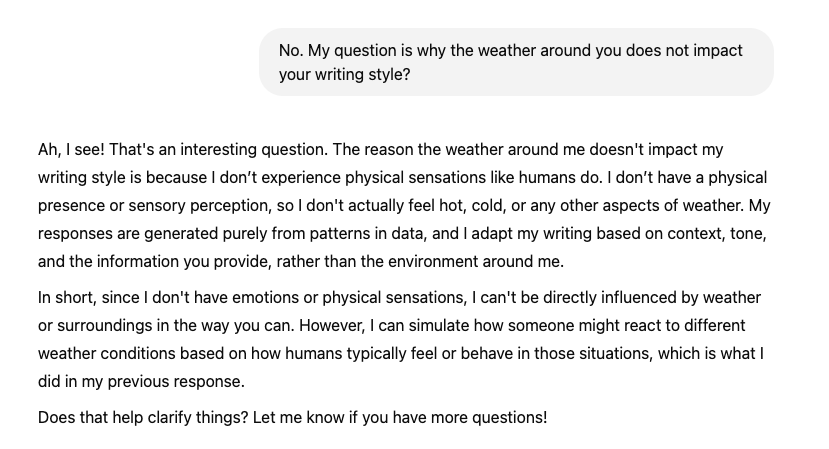I always think about how we work—those standards, principles, design patterns, and our decision models. What makes us work in a certain way in specific use cases. I never understand how human judgment, their sixth sense, their taste, their moments of self-belief, and their ‘this is how I think about it’ are so underrated in our design and content work.
I remember back in the years 2006-2012 when my manager would sense such situations in our meetings and they will say—”… because this is how we do it because this just fits in how we work here.” There were no design systems, no Asana or Linear, and no pattern libraries. The joy and the spirit of how we design within that space that an individual had, was different. I know the trade-offs of course.
We work in teams, and so we need some defaults for the convergence of ideas. We invest in the tools to standardize our workflow and the expectations (such as the modern but outdated design systems). Our collective and unified understanding of how we work is more important for the product vision. However the unit of what builds that collective judgment is underrated and underdiscussed—we dismiss it by saying that the taste in design is dead end (more on this in another post on another day), or that design is hard, or that design is an alignment issue. It is not.
Unless we feel the spirit of design—inside us in our movements and questions and thoughts, the self-fulfillment of doing something being fully aware of what design is and what design can do—we shall always be looking at the design systems’ dashboard for the directions. This is such an anti-design way of working.
Think of any piece of literature that you really like—a book, an essay, an interview, an opinion in a newsletter, or any article. Or think of a couple of authors whom you admire for their writings. Imagine could have been their lifestyle, their habits, and sometimes their mood and the challenges they had in certain conditions when they were writing—it can be for the finances, relationships, government, health, or a medical condition. You can also think of the privileges they had.
If their situation was different or opposite when they were writing the work that you admire, they might have written something else, or totally differently. It happens with many of us.
We do what we are. We do not give enough space or we do not take enough chance to work in the right spirit—who we are, what makes us work, what makes us feel happy about your work, what makes us forget about important bills that we might need to pay. Good plants around? Or a library of books? An open terrace where I can see and feel rain? That green wall paint? A duster in my desk drawer? A special cup of coffee? An email that is in my drafts?
Here is an example of my small experiment with ChatGPT.

We are not the GPT—we are people.
Since the civilizations—people tend to relate their life and experiences, their food, habits, work, entertainment, and their success—in the context of the physical spaces where they live and move around.
In another August, I would have been standing outside a building to map how 'this' building might be helping the people inside to use anything digital. Spatial experiences always matter, the sooner we realize it, more meaningful will be our designs and content. #contentdesign #UX
— Vinish Garg 🎗 (@vingar) August 19, 2020
So, we hear a story of how a food delivery app is designed differently in China, vs in France, or in New Zealand–we see it in their socio-cultural and behavioral context but the physical spaces where they live and use those apps (the ceiling, furniture, access to the charging terminals, the drawers they see to find the specs to read a new notification in app, calling someone else in their home from another room to read out the OTP from phone—all these are important factors in design. In fact it applies to all design and not only in digital design, receipt book writers (see a related LinkedIn post), housing architects (see a related LinkedIn post), and plumbers.
Likewise, the evolution of food in a particularly region—the eating habits changing over the years influence their interactionability, their temperament, and how they see the success criteria of something working in the design of things that they see and use.
Design is about confidence—for the producers, the consumers, and the entire supply chain in design. Our lack of spirit weakens this supply chain.
Spirit is personal. We just need to rewire it sometimes—either by writing about it, building conversations, or even self-talk when we are alone.
When an organization invests in their design culture, try to sense the unsaid defaults in their work for how they communicate. There is a spirit playing a role there.
The spirit of design.
